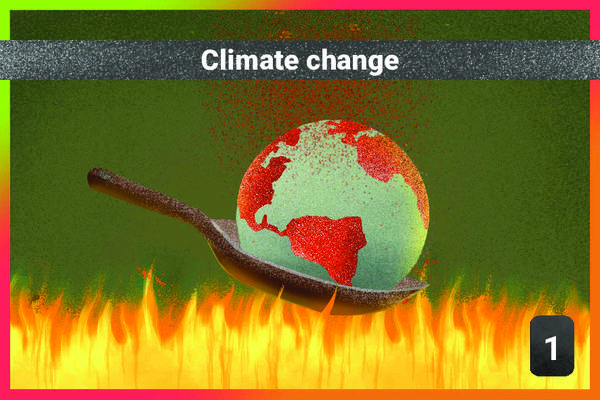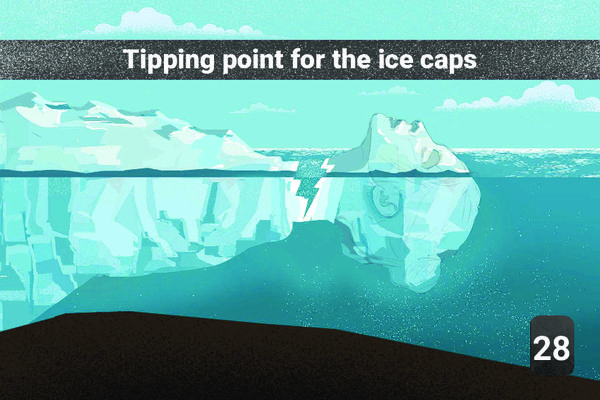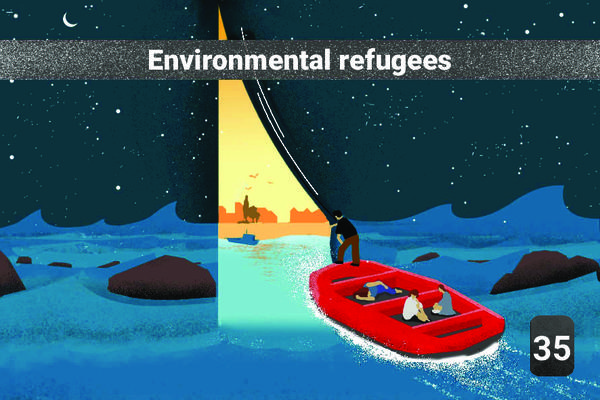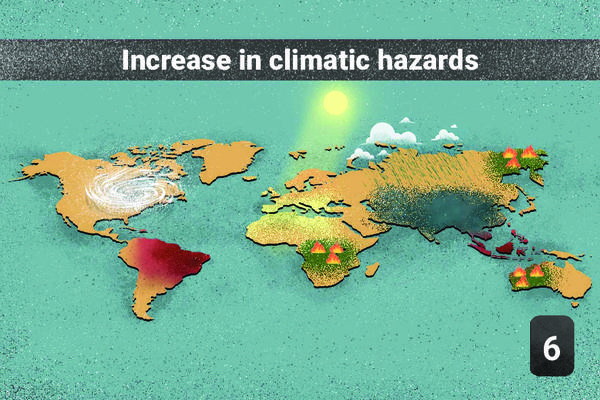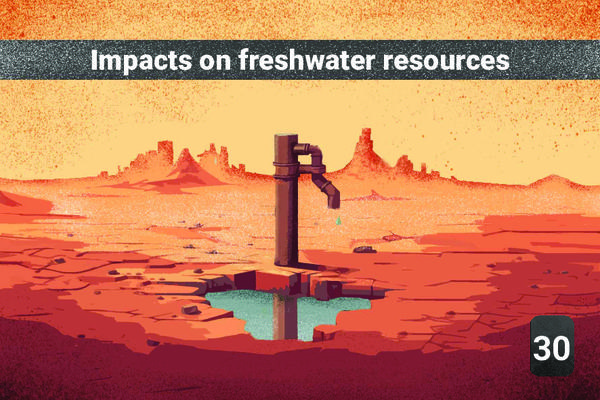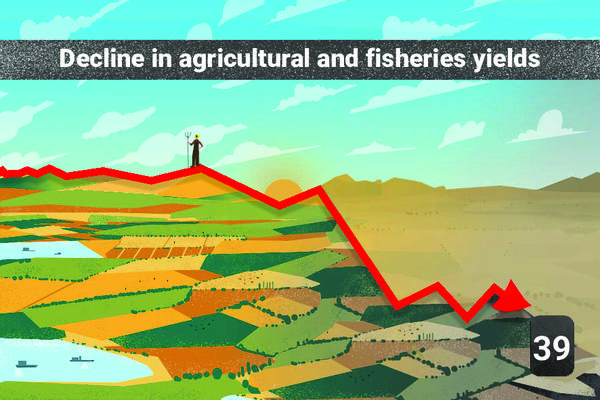7 - Sea-level rise

✏️ This explanation does not yet exist in your language… Just click here or send an email to fdn.memo@marc-antoinea.fr and suggest your translation!
Climate change is responsible for the expansion of oceans as well as the melting of glaciers and ice caps. This raises sea levels, which have already risen by 16 cm and will reach between +50 cm and +1.75 m in 2100 depending on our future emissions.
2Causes
Climate change is warming sea water. As a result, water expands, takes on more volume, and contributes to the rise of the oceans. This phenomenon was predominant until recently, it is now the melting of glaciers and ice caps which is taking over.
The complete melting of Greenland would cause a rise of 7m. The complete melting of Antarctica would cause a rise of 54m. If it is "only" West Antarctica, then this could result in a rise of 2-5m. Or a total elevation "Greenland + West Antarctica" of 9 to 12m in the event of total melting. However, these figures correspond to very distant time scales well after 2100 (several hundreds, thousands of years). The projections for 2100 according to the IPCC are rather of the order of 50 to 80cm for the most probable, without excluding the beginning of a tipping point which could lead to an overall rise of 1.7m. Since 2009, Antarctica has lost more than 250 billion tonnes of ice each year. In the 1980s, it was 40 billion tonnes (6 times less).
1Consequence
Populations living in large coastal cities, in deltas, or on islands, i.e. more than 10% of the world population, will be exposed to this phenomenon. 8 of the 10 largest cities in the world are located in coastal areas, and 40% of the US population lives near a coast. In addition to the risk of submersion, there is the risk of temporary floods which threaten the infrastructure of cities like New York, Tokyo, Jakarta, Mumbai, Lagos or Shanghai, very close to sea level.
1Other possible cause
2Other possible consequences
Rising sea levels significantly impact freshwater resources through saltwater intrusion into coastal aquifers, lakes and river systems. That salt contamination of freshwater sources and land is a major issue for ecosystems, agricultural land and the roughly 15% of the world’s population that reside in coastal zones!

